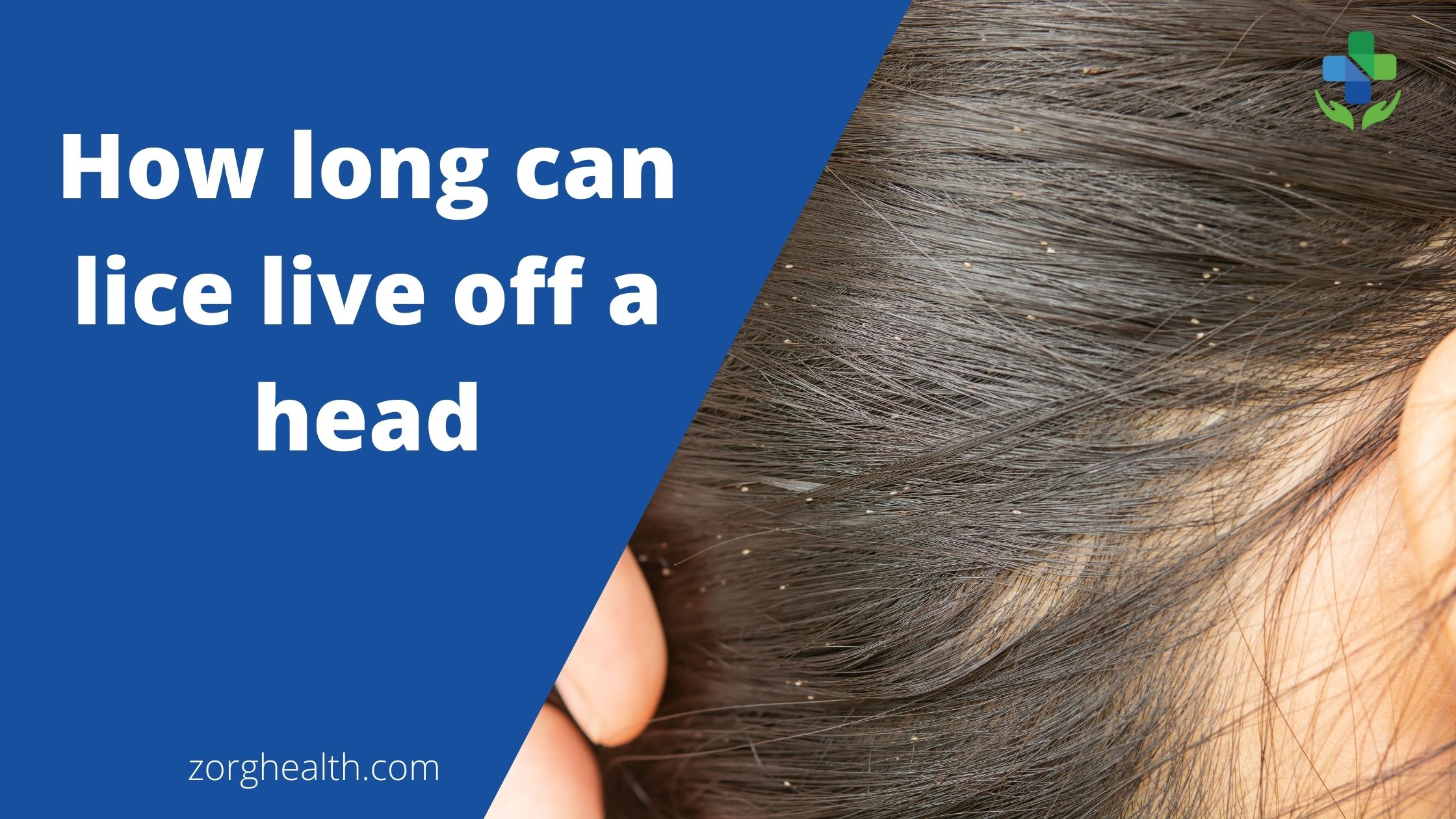Head lice are tiny sesame-sized insects, but they have the potential to make you suffer badly. Having lice infestation might be the worst thing you may experience. Sometimes people try endless ways to get rid of head lice but fail as they don’t follow the remedies or medication as advised. So, How long can lice live off the head or how can head lice just go away?

- Did your child recently get back from an overnight stay at a friend’s place and now your child is complaining of an intense feeling to scratch their head?
- Are you panicking if your child has head lice that will spread to the rest of the family?
- Are you worried if your child had any head-to-head contact or shared someone’s infested hair comb?
- Are you having thoughts if your kids are anyway ‘unclean’?
- Are you considering pest control or home fumigation?
There is a possibility your child is infested with head lice. There is no need to panic. And there is absolutely no need to fumigate your house. You won’t need pest control. Head lice are not deadly in fact they are more of a nuisance than a health hazard.
Having lice isn’t a sign of bad personal hygiene or an unclean living environment or a cause of disease, as they don’t come from the outdoors or your pets. Yes, while the nuisance of head lice can be highly contagious, they don’t carry bacterial or viral infectious diseases.
How long can lice live off the head TOC
Head Lice – Why it is hard to get rid of them?
Lice are tiny parasitic wingless insects that live in the hair and on the scalp feeding on human blood. Since female head lice lay eggs (nits) quickly on hair, an infestation can build up rapidly.
Lice are hard to kill since they are small making it hard to spot in the infested hair and these eggs stick to the hair almost like glue. So, how can head lice just go away? Remember that killing lice requires the removal of both the insects and their eggs. Any treatment that does not kill the eggs, will need another repeat treatment once the eggs have hatched.
How did the head lice spread?
An infestation of head lice most often affects children and can quickly spread to the rest of the household.
Following are some of the common situations of direct transfer of lice:
- Head-to-head contact, especially with school children.
- Sharing items like caps, brushes, combs, or towels.
- Being in close proximity (like sitting, sleeping) to the infested child, friend, family member, or stranger.
Symptoms of Head Lice Infestations
Following are some of the common signs of lice infestations:
- Lice on scalp
- Lice eggs on hair, near ears, and hairline of the neck
- Intense itching
- Red sores on scalp, neck, shoulders
Hair lice Home Remedies
If you’ve caught the problem early enough, great! Because head lice are so contagious, prompt treatment is essential.
There are many easy home treatments to get rid of head lice infestations but it is important to acknowledge that many times such methods work or might not work at all. There is a lack of scientific evidence to show that these home remedies are effective and safe.
If it doesn’t, talk with your doctor to help you select the most effective and least toxic way to manage your head lice infestation.
Following home remedies are often used to treat head-lice infestations:
- Comb wet hair with a fine-toothed nit comb from the scalp to the end of the hair (repeat the process every morning and evening for several weeks)
- Use some kind of lubrication to wet hair (example, using a hair conditioner or olive oil)
- Suffocate or smother the lice using essential oils (example, olive oil, almond oil, coconut oil, anise oil, tea tree oil, neem oil, lavender oil) in the separated sections of the hair under good light. Ensure the essential oil should be safe to use without any allergic reactions. Avoid greasy and messy options like Vaseline or mayonnaise or petroleum jelly.
- Use a mix of salt and water to essentially dry out the lice and nits
- Try using Epsom salt (not table salt) to kill lice. Sometimes it works by dehydrating them without any surety.
Hair Lice Do’s & Don’t
Do’s
- Wash contaminated items like towels, beddings, and clothes that were in the room immediately with soapy hot water and soak the comb in bleach or hot water for some time.
- Diligently use a fine-toothed comb to comb the nits and lice out section by section. If you aren’t doing it thoroughly and even if you miss just some, that will increase the risk of getting a second lice infestation.
- Be careful the lice medication doesn’t get in touch with the eyes.
- Try Over-The-Counter products (example, Pyrethrins – Rid, Permethrin lotion – Nix) to kill both live lice and nits
- Ensure other family members are not infested with lice. In they are, start treatment.
- Vacuum the surface areas (example, floor, furniture, etc.) that may contain lice or their eggs to help eliminate head lice from your home and prevent another infestation.
- Keep a regular watch for the growth of nits or lice for two to three weeks post-treatment
- Read all instructions before use of any prescribed shampoo, cream, or lotion
- Educate children to avoid sharing items like caps, comb, brushes, towels, etc. with other kids.
- Make sure the treatment products are safe for the child.
Dont’s:
- Use excessive amounts of any prescribed dose of lice medication as an attempt to treat the lice “faster.” Excessive dosages can be dangerous
- Use more than one head lice medication at the same time to kill the lice faster.
- Repeat the same lice treatment more than two or three times to avoid creating resistance to the medication
- Use conditioner that acts as a barrier for lice medication and stops it from sticking properly to the hair
- Fumigate the house or living area where an infested member has been. It is not required.
- Use regular shampoo immediately post-treatment
The Bottom Line
How long can lice live off the head? – these are steps that if followed properly will prevent the spread of lice and reduce the risk of reinfestation.
To catch the full life cycle of head lice, treatment should be used more than once. Using only one treatment will not affect head lice because some of them might be still in the egg stage. How frequently should it be done? -to make it more effective, treatment should be repeated seven or eight days after the first application. Combing out the hair is essential to remove the lice and their eggs.
Even if a shampoo promises to kill eggs, removing the nits by hand can speed up treatment and reduce the risk of reinfestation.
